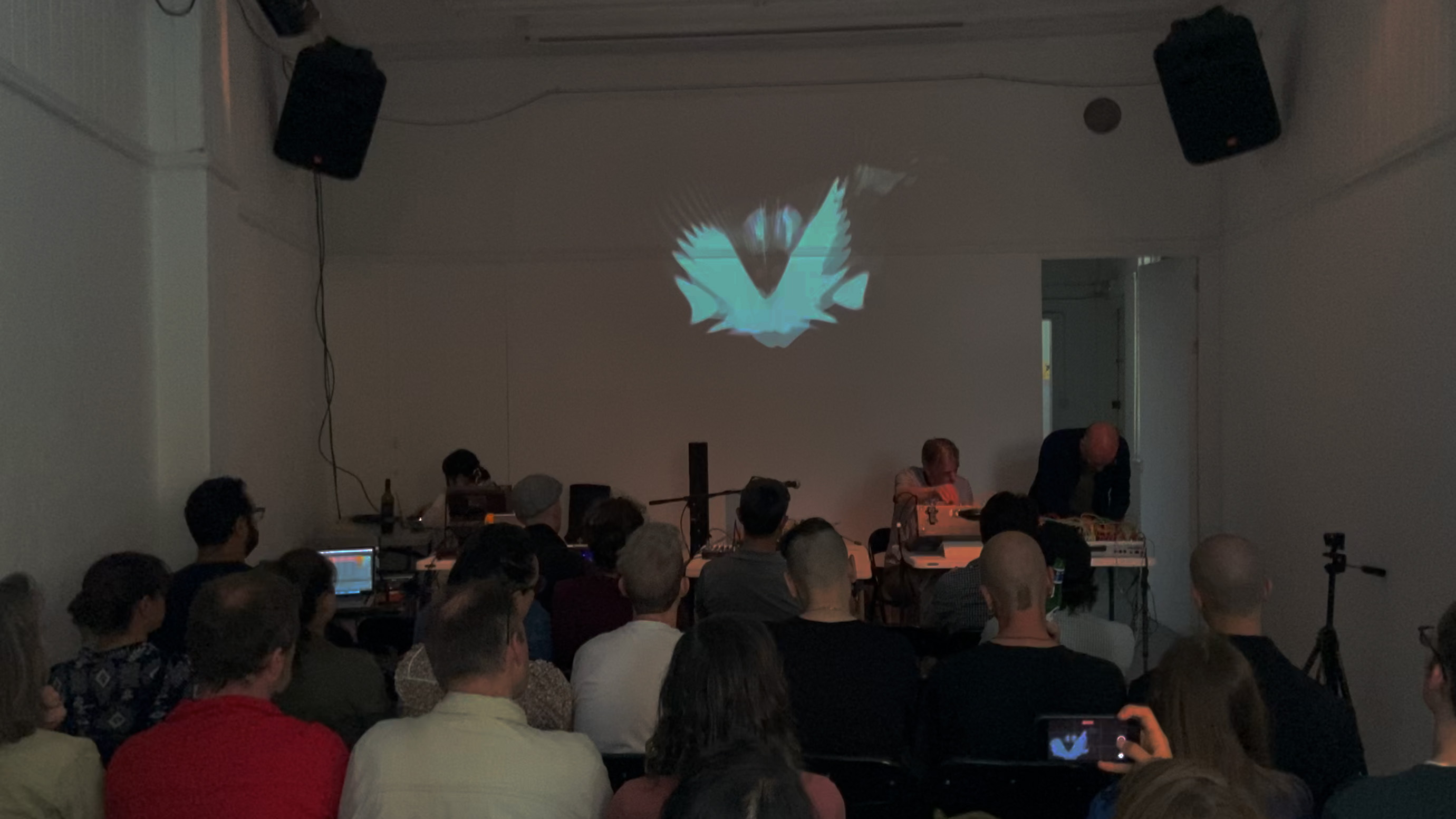
CHEMICAL GARDEN
︎︎︎
- Narrative Centre -

Figure 1. Picture of chemical garden (Stéphane Querbes)
The chemical garden phenomenon, also known as the water garden or the silicone garden. The experiment usually involves adding metallic salts to an aqueous solution of sodium silicate, resulting in crystalline fibrous structures that mimic the appearance of deep-sea corals and plants. The chemical garden in the experiment is like an underwater world.
As Chemical Gardens researcher Alexander Blanchard said, "While on-Earth growth tends to be upward, we expect growth in random directions and a spherical shape in space at the macroscopic level" (Blanchard, 2018).
- Concept -
In 2022, with the support of the Design Informatics lab and Beauty of Science, I independently designed the audio-visual interactive performance "Chemical Garden", and it is then staged in InSpace Gallery and WhiteSpace Gallery. With the narrative centre of the classic chemical reaction "Chemical Garden", the project aims to further investigate the future of embodied learning and the potential for art to shape scientific communication in different contexts. Step into a realm where the intangible data is not just observed, but also experienced.
- Design Development -
1. Visual elements extraction

Figure 2. Chemical reaction (Beauty of Science), and analogous coral (Birmingham
Museums Trust)

Figure 3. Sketch of the visual design to mimic coral’s shape
2. Audio/Visual Interaction Workflow

3. Audio/Visual InteractionTesting


Figure 4. Prototype of the audio-visual interaction simulating the growth of chemical garden
- Performance -
Audio-visual immersive performance at InSpace Gallery (2022, Edinburgh) Realtime Motion - Projection



Audio-visual immersive performance at Whitespace Gallery (2022, Edinburgh)




Comments: “Just as no two snowflakes are ever identical, no two chemical bouquets of metallic salts in water glass are ever the in the same shape. The improvised music and the improvised "sound painting"; it's like a chemical reaction in that it takes the audio signals as input and produces visual and lighting signals as output. Unpredictability and freedom from repetition are the hallmarks of a spontaneous performance like an experiment.”
- Future of Embodied Learning -

Figure 5. Sketch of the corals, representing different metal salts, assembled into a bizarre plant-like object

Figure 6. 3D modeling of visual identity

Conceptual Performance Exhibited at Blue Centre (2023, Shanghai)
Realtime-Motion XR/AR


